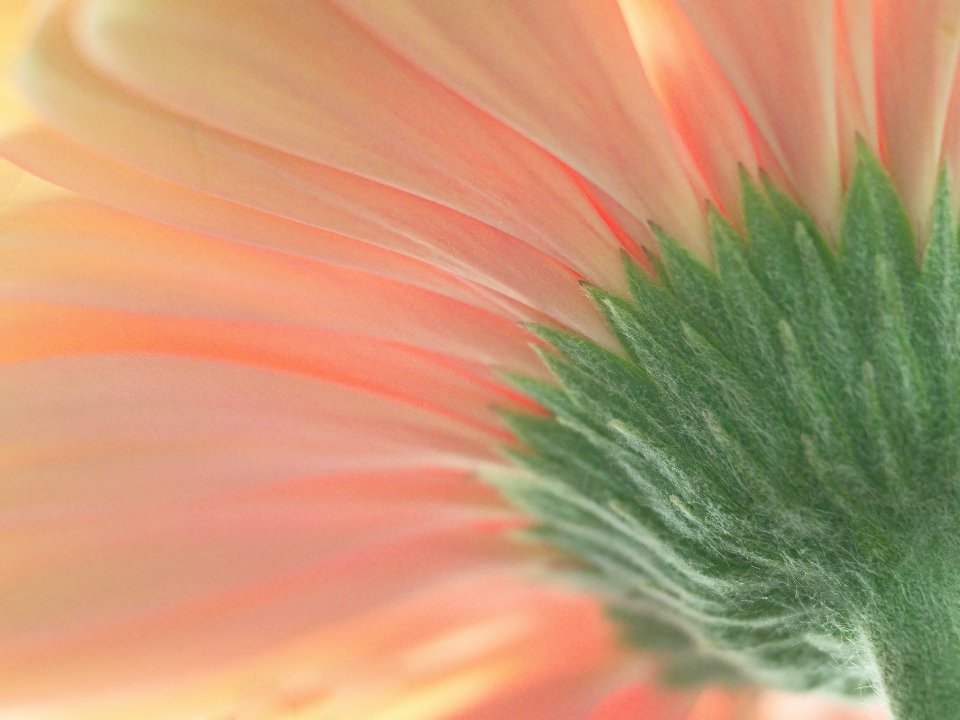
Hope +Wellness Blog
little snippets of advice for everyday challenges many people share

5 Mental Health Benefits of Spending Time in Nature
The idea that getting some fresh air can be beneficial to health is not a new one. It’s go-to advice for many people, because being outside in nature actually is good for you in a number of ways.
Why is nature so good for mental health? Here are 5 mental health benefits of spending time in nature.

How to Craft a Joyful Daily Routine
Are you intentional with your daily routine? Or do you find yourself just going through the motions?
When a routine feels like drudgery, instead of something you’re excited about, it can feel as though joyful moments are few and far between in your daily life. The key is working in new joyful moments into your day, either by altering your current routine, or creating a new one altogether.
Hope+Wellness is a mental health practice specializing in the treatment of depression, mood, stress, and anxiety in kids, teens, and adults. This is a blog about living well and finding meaning and purpose in the face of difficult challenges. This is a blog about finding hope.
Archive
- ACT
- ADHD
- Acceptance
- Anxiety
- Authenticity
- Belonging
- Bipolar
- CBT
- Calming
- Change
- Chronic Illness
- Chronic Pain
- Communication
- Community
- Coping Skills
- DBT
- Dating
- Depression
- EMDR
- Emotions
- Entrepreneurs
- Friendship
- Gratitude
- Grief
- Health Psychology
- Hope
- Inspiration
- Intimacy
- Intuition
- Joy
- Letting Go
- Love
- Manic Depression
- Mindfulness
- Miscarriage
- OCD
- Parenting
- Personal Growth
- Positive Vibes
- Quotes
- Relationships
- Resources
- Self-Compassion
- Self-Reflection
- Services
- Sleep
- Spirituality
- Stress Management
- Stress Relief
- Suffering